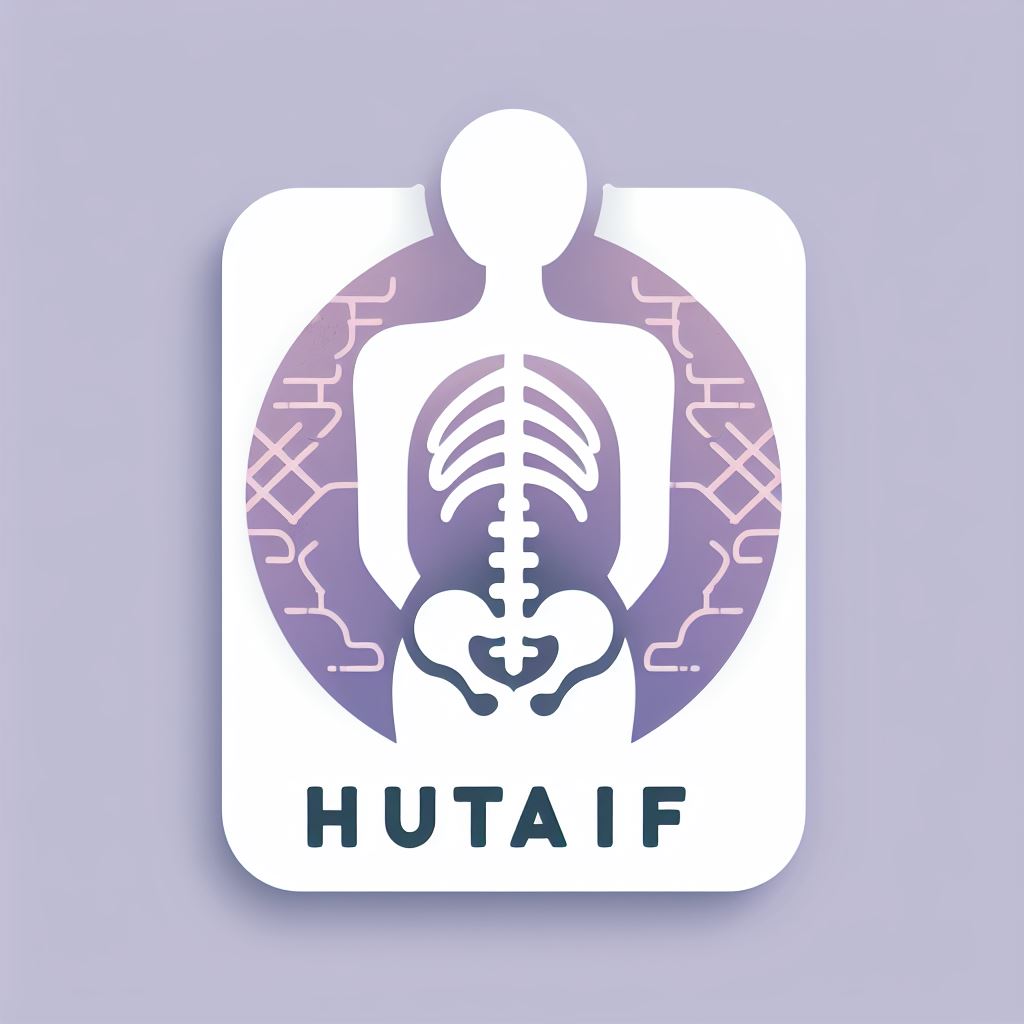Foot and Ankle cases 38
A 24-year-old professional tennis player presents to clinic 2 days after twisting her ankle while playing tennis. She reports swelling and pain with walking at the lateral aspect of her foot. She is otherwise healthy, without previous fracture or antecedent pain. Oblique and lateral radiographs are shown in Figure 5–79A and B.
Figure 5–79 A: Oblique radiograph of the right foot. B: Lateral radiograph of the right foot.
What is the most appropriate treatment for this individual?
-
Surgical fixation
-
Hard-soled shoe
-
Short-leg weight-bearing cast
-
Bone scan
Discussion
The correct answer is (A). This patient has a fracture of the fifth metatarsal base at the junction of zones II and III. Fifth metatarsal base fractures are divided into
fracture of three zones. Zone I represents an avulsion fracture of the tuberosity, which occurs from pull of the peroneus brevis and plantar fascia. Zone II fractures occur in the metaphysis approximately 1.5 cm distal to the base and adjacent to the 4–5 metatarsal articulation. Zone II injuries occur with an adduction moment placed on the foot, such as with inversion injuries with weight bearing on the lateral border of the foot. Zone III fractures frequently represent stress fractures of the proximal shaft of the fifth metatarsal.
Fractures of Zone II are significant in that they occur in a watershed area of blood supply to the fifth metatarsal between the metaphyseal vessels and the nutrient artery of the diaphysis. Because of the relatively poor blood supply in Zone II, these fractures are susceptible to nonunion and are treated more aggressively than a tuberosity fracture, which can be treated with a hard-soled shoe. If closed treatment of a Zone II fracture is undertaken, a short-leg cast with nonweight bearing for 6 to
8 weeks is recommended. Closed treatment is appropriate in the majority of patients, but for high level athletes such as the professional tennis player presented in this case, surgical treatment may be preferred (Fig. 5–80). A bone scan or MRI would be useful to evaluate for stress fracture in a patient with persistent pain with activity and no evidence of fracture with plain radiographs.
Figure 5–80 A, B: Postoperative radiographs showing intramedullary screw placement across fracture.
Objectives: Did you learn...?
Describe the mechanism of injury for different types of fifth metatarsal fractures? Assess the risk of delayed- or nonunion with Zone II fifth metatarsal fractures?
Discuss treatment approaches for different types of fifth metatarsal fractures?

